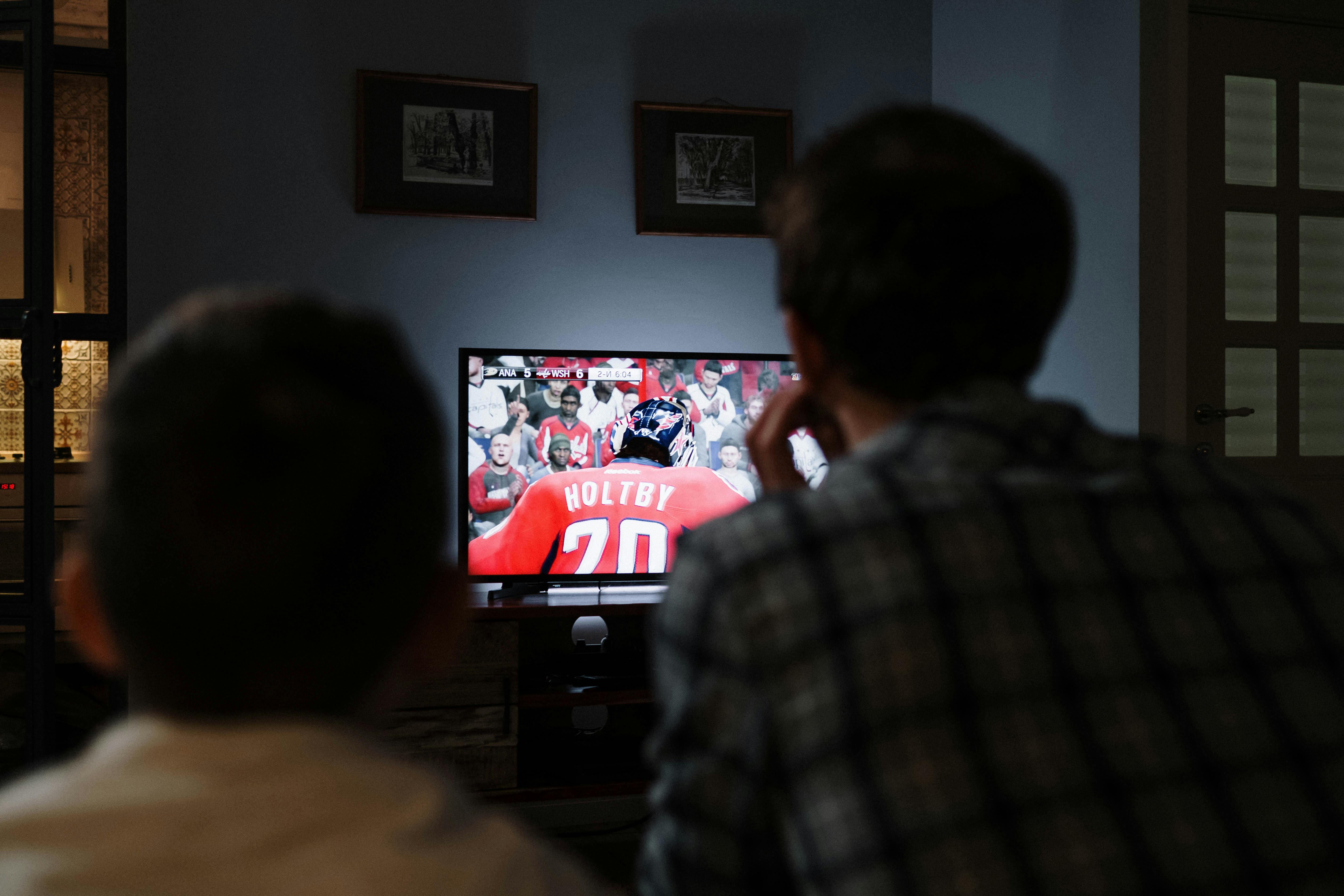
ESPN’s Upcoming Streaming Launch Could Redefine Sports Aggregation in Post-Cable Era
In a potential watershed moment for the media industry, ESPN is set to launch its long-anticipated direct-to-consumer (DTC) streaming service, expected as soon as August. For the first time, American viewers may be able to access all major sports without a cable subscription, signaling a fundamental shift in how live sports content is aggregated and distributed.
For over a decade, traditional cable TV retained relevance largely through exclusive rights to live sports, particularly via ESPN and the major broadcast networks—CBS, NBC, ABC, and Fox. These companies leveraged the popularity of NFL and college football programming to maintain high retransmission fees from pay TV providers, even as millions of Americans migrated to streaming platforms.
The launch of ESPN’s standalone streaming product marks a turning point. With access to marquee live sports now moving outside the traditional cable bundle, sports fans could soon construct a comprehensive viewing experience solely through digital platforms.
As streaming advances, cable TV is showing signs of stabilizing after years of subscriber losses. Charter Communications, the second-largest U.S. cable operator, recently reported a significant improvement in quarterly video subscriber retention. The company lost only 80,000 video customers in the second quarter—down sharply from 408,000 in the same period last year.

A couple watching TV | Source: Pexels
This trend may be partly due to Charter’s bundling strategy, which includes “free” access to major streaming platforms such as Disney+, Hulu, Peacock, Paramount+, and Max, provided customers retain the full cable package. Charter CEO Chris Winfrey emphasized the appeal during an earnings call, calling the bundle “the stickiest product” and asserting it benefits customers, programmers, and broadband retention.
Comcast, another key player and parent company of CNBC, echoed similar results. The company reported video customer losses of 325,000 in the second quarter, an improvement over the 419,000 lost a year earlier. The data suggest that most households interested in cutting the cord may have already done so, potentially allowing the pay TV market to stabilize at a smaller but sustainable level.
This environment is fostering a new competitive battleground: sports aggregation. While cable providers still serve as one-stop-shops for live sports, streaming rivals are attempting to consolidate sports content in alternative packages. Notably, the previously announced Venu platform—planned by Disney, Fox, and Warner Bros. Discovery—aimed to offer a wide selection of sports content at $42.99 per month. Though never launched, Venu’s model highlighted the growing demand for bundled streaming sports services.
Fox, for its part, is preparing to debut its own streaming platform, Fox One. Unlike Venu, Fox One will be priced at a premium. “Pricing will be healthy and not a discounted price,” said Fox CEO Lachlan Murdoch, who also underscored the network’s desire to retain traditional cable subscribers.

People watching TV | Source: Pexels
Meanwhile, other operators like DirecTV and Comcast have introduced skinny sports bundles priced at $69.99 and $70 per month, respectively—providing even more options for sports viewers seeking flexibility without sacrificing content.
As Skydance prepares to merge with Paramount Global, incoming CEO David Ellison is expected to prioritize sports investment, reaffirming the enduring value of live sports in the pay TV equation. This strategy may come at the expense of other programming categories, particularly outside of prime-time hours.
Amid these shifts, NBCUniversal is reportedly exploring the creation of a new cable sports network, even as it plans to divest most of its other cable properties. The move reflects a broader industry recalibration, one where cable TV may transform into a next-generation aggregation service focused squarely on live sports and news.
As analyst Craig Moffett recently noted in a client briefing, “Maybe, just maybe, we’re finding the long-imagined bottom for traditional pay TV, where sports and news fans are all that’s left.”
